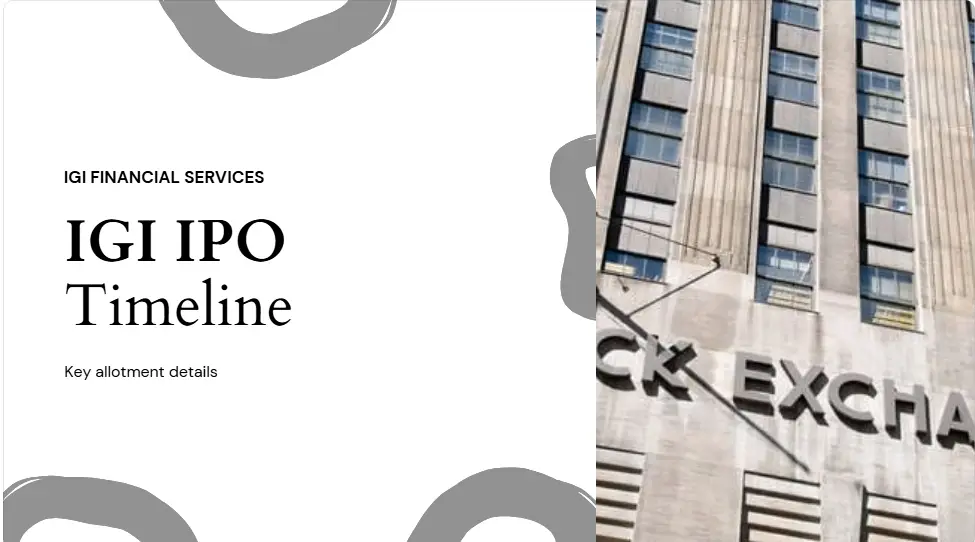Introduction
As the top airline within India InterGlobe Aviation Ltd. operating as IndiGo controls the domestic aviation sector. The domestic air traffic passenger market stands at 64.4 percent for IndiGo as of December 2024. As a prime sector participant IndiGo maintains its dominant position through a well-established operational system supported by its broad flight network. To properly invest in IndiGo shares investors need in-depth knowledge of the company’s financial results and market direction along with risk evaluations.
Company Analysis
Business Model
As part of its low-cost carrier model IndiGo maintains its focus on achieving operational excellence and minimizing costs for passengers. All revenue generation for IndiGo comes from three primary sources which include passenger ticket sales together with ancillary services and cargo management operations.
Recent Developments
- Q3FY25 Performance: The Indian airline operator IndiGo achieved a 30-basis-points monthly increase in Passenger Load Factor resulting in 90.6% during December 2024 alongside an 80-basis-point MoM market share boost taking its total to a record 64.4%.
- International Expansion: IndiGo continues its international flight expansion with recent network developments and alliances through code-share agreements.
- Operational Challenges: AoG incidents forced higher lease rentals alongside higher maintenance costs which generated unfavorable impacts on company profits.
Market Position
As an aviation player IndiGo faces competition from domestic providers Air India and SpiceJet and Vistara and international air carriers operating within Indian airspace. Even with rising competition the company preserves its market leadership by emphasizing flight punctuality (OTP at 73.4%) alongside customer satisfaction.
Financial Metrics
| Metric | Q3FY25 | YoY Growth |
|---|---|---|
| Revenue | ₹21,892.8 crore | 12.5% |
| Net Profit | ₹2,555.9 crore | -14.7% |
| EBITDA | ₹5,375.9 crore | 4.4% |
| EBITDA Margin | 24.56% | -192 bps |
| P/E Ratio | 45.3 | N/A |
| Debt-to-Equity Ratio | 0.92 | N/A |
| ROE | 19.6% | N/A |
| ROCE | 14.8% | N/A |
Cash Flow
Business Model
As part of its low-cost carrier model IndiGo maintains its focus on achieving operational excellence and minimizing costs for passengers. All revenue generation for IndiGo comes from three primary sources which include passenger ticket sales together with ancillary services and cargo management operations.
Recent Developments
- Q3FY25 Performance: The Indian airline operator IndiGo achieved a 30-basis-points monthly increase in Passenger Load Factor resulting in 90.6% during December 2024 alongside an 80-basis-point MoM market share boost taking its total to a record 64.4%.
- International Expansion: IndiGo continues its international flight expansion with recent network developments and alliances through code-share agreements.
- Operational Challenges: AoG incidents forced higher lease rentals alongside higher maintenance costs which generated unfavorable impacts on company profits.
Market Position
As an aviation player IndiGo faces competition from domestic providers Air India and SpiceJet and Vistara and international air carriers operating within Indian airspace. Even with rising competition the company preserves its market leadership by emphasizing flight punctuality (OTP at 73.4%) alongside customer satisfaction.
Financial Metrics
| Metric | Q3FY25 | YoY Growth |
|---|---|---|
| Revenue | ₹21,892.8 crore | 12.5% |
| Net Profit | ₹2,555.9 crore | -14.7% |
| EBITDA | ₹5,375.9 crore | 4.4% |
| EBITDA Margin | 24.56% | -192 bps |
| P/E Ratio | 45.3 | N/A |
| Debt-to-Equity Ratio | 0.92 | N/A |
| ROE | 19.6% | N/A |
| ROCE | 14.8% | N/A |







Pingback: Analyzing Tata Motors: Projected Share Price Target for 2030